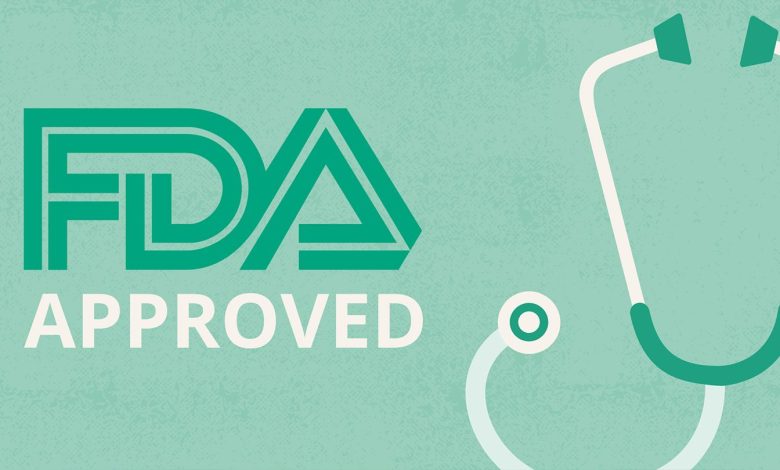Metastatic Melanoma Drug Amtagvi (lifileucel) Approved by FDA

[ad_1]
The U.S. Food and Drug Administration (FDA) has approved a new type of cell-based therapy for people with advanced melanoma, and it may one day open up new treatment options for people with a wide variety of aggressive cancers.
“This is a big deal, because it offers a totally new form of treatment for patients with melanoma,” says Elizabeth Buchbinder, MD, a senior physician at the Dana-Farber Cancer Institute.
In addition, responses were seen in patients in whom many other therapies had failed, Dr. Buchbinder adds. “By using immune cells that are found within a patient’s own tumor, it is a very targeted type of immunotherapy.”
How TIL Therapy Works
To receive TIL therapy, patients first need to have some tumor tissue removed and sent to a lab. Then, lymphocytes — white blood cells that help the immune system fight infections — are extracted from this tissue sample and used to grow more of these cells for TIL therapy.
After this process is done, patients face a hospital stay of several weeks to receive TIL therapy. They first receive a short course of chemotherapy to prepare their body, then get an infusion of TIL therapy in a process similar to a blood transfusion.
While TIL didn’t work for everyone, patients who got TIL therapy were half as likely to die or experience tumor growth as those who received ipilimumab over an average follow-up period of 33 months.
Roughly half of patients on TIL therapy achieved at least partial remission, meaning advanced tumors decreased by at least 30 percent. One in 5 of them experienced complete remission, meaning they had no detectable tumors.
TIL Therapy Comes With Serious Side Effects
All the patients receiving TIL therapy experienced serious side effects, and so did 57 percent of people on ipilimumab. Most of the side effects in the TIL group were related to chemotherapy, which can stop bone marrow from making enough blood cells or platelets, and lead to infections or blood disorders.
Even so, the treatment is an important breakthrough for two reasons, says Ryan Sullivan, MD, the associate director of the melanoma program at Mass General Cancer Center in Boston.
“First and foremost, it provides an option for patients in whom our standard therapies have failed to have durable benefit,” Dr. Sullivan says. “The treatment is very toxic, necessitating a week or two in the hospital, but it is a one-time therapy that has a very low chance of causing new side effects after the first month or so of treatment.”
Beyond this, TIL therapy offers an entirely new FDA-approved way of attacking melanoma, and in the future potentially other types of cancer, Sullivan adds.
“This type of therapy is already being tested in lung cancer, head and neck cancer, and others,” Buchbinder says. “I do think this is likely to benefit other cancers in addition to melanoma.”
[ad_2]




